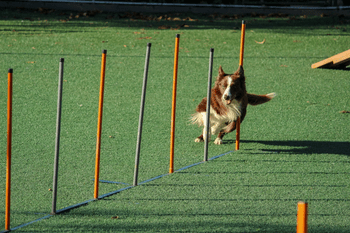Measurement is synonymous with value, quality and quantity. It reflects the depth, range, size, dimension and proportions of something. The extent or capacity. No matter the unit or system of measurement we want precision. There is a fit for purpose component.
There are many approaches to measuring inclusion. We look for those that are useful and give reliable results that can provide great insights and direction given the inherent subjectivity associated with inclusion assessments.
It’s Not What You Think
Measuring employee satisfaction, as part of inclusion measurement, is a means to an end. What we are aiming to create within the workplace when it comes to diversity and equity is the “ideal” workplace conditions that allow inclusion to be a distinct possibility. So, when we measure inclusion in whatever manner we judge best, it is mostly an invite to offer a personal viewpoint by participants on what “fits their purpose” and what a “fit for purpose” workplace means to them. Any critique received in this measurement process is then conceived as an opportunity. We are measuring potential!
Traditional conceptions of measurement are turned on their head. Measurement is no longer about how well people fit into the workplace, but how well does the workplace fit its people. It exposes what was previously invisible and raises the stakes in terms of our true commitment to being responsive to obstacles that stand in the way of establishing genuine and worthwhile relationships.
Inclusion assessment dispels illusions of top management being in control of how workplaces must be shaped or designed. Measuring inclusion teaches leaders that transforming organizations is more about being responsive and genuinely listening with generosity and humility to others.
Their viewpoints must count. Their opinions must count. Their voices must be heard. Measurement shifts the spotlight in the relationship from the me of leadership to the us in community. In a relationship only when we actually know our partner feels appreciated and understood, do we finally get to the real work of mutual betterment and support.
Working with and through inclusive measurement and assessments point us towards our reflective selves. They help us to become more conscious, attuned and to find our better selves that reside within. Diversity and inclusion online courses and inclusivity assessment go hand in hand because they complete the circle of awareness.



